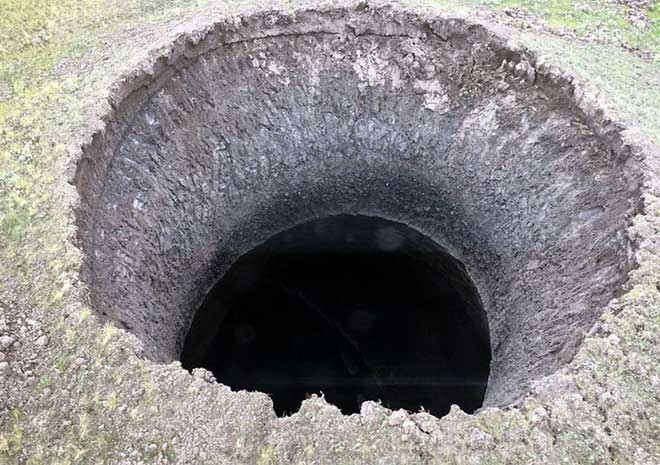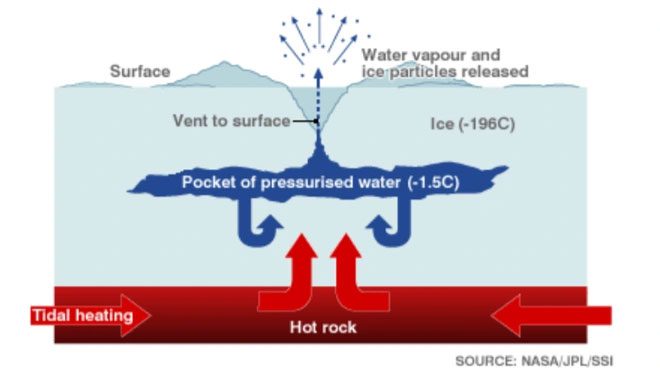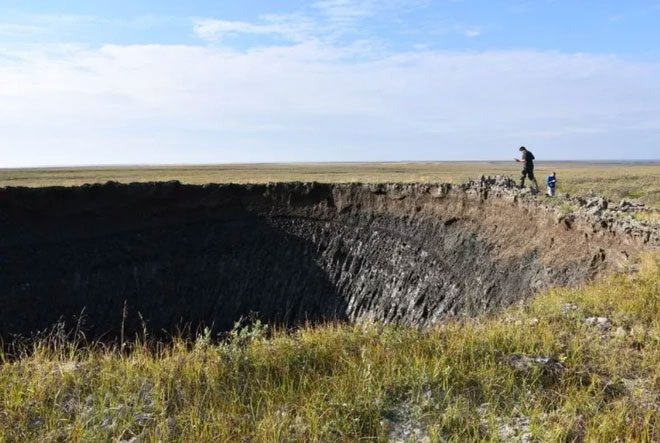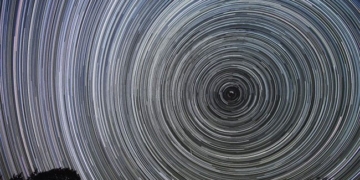Scientists predict that this unusual phenomenon will occur with increasing frequency in the future.
The Earth frequently witnesses strange phenomena that leave you in awe when experienced firsthand.

The mysterious crater in Siberia. (Photo: AP)
One of these phenomena is the appearance of gigantic funnel-shaped craters, ranging from 50 to 100 meters wide. Surrounding the craters are rocks and fragments of ice, leading people to believe that they are the result of a meteorite impact.
However, this assessment is completely incorrect. Scientists have stepped in and quickly explained the entire story behind these mysterious craters.
It turns out that this is a natural phenomenon, scientifically known as “cryovolcanism.” These events typically occur in the coldest and harshest climates on Earth, such as Siberia, where winter temperatures can drop to -39 degrees Celsius.

An illustration of the “cryovolcanism” explosion phenomenon. (Photo: NASA)
During the summer, cryovolcanic eruptions form just beneath the surface due to the temperature difference between the warm surface and the cold ground below. This results in a gas explosion, typically involving methane that has been trapped under ice for a long time.
In 2017, one of the “cryovolcanism” explosions was witnessed by local residents in Siberia when a mound of earth rose high like a hill before it exploded.
The explosion scattered earth and ice fragments hundreds of meters away, creating craters that are tens of meters deep and up to 100 meters wide.

A 40-meter-wide crater discovered in 2014, believed to have formed from a “cryovolcanism” explosion.
Scientists also predict that “cryovolcanism” explosions will occur with increasing frequency in the future.
The reason is global climate change, particularly warming, which is melting the permafrost beneath the surface and exacerbating the risk of geological hazards.
Among these, the Arctic tundra regions, particularly in northern West Siberia, provide the perfect conditions for the formation of “cryovolcanism” explosions.





















































